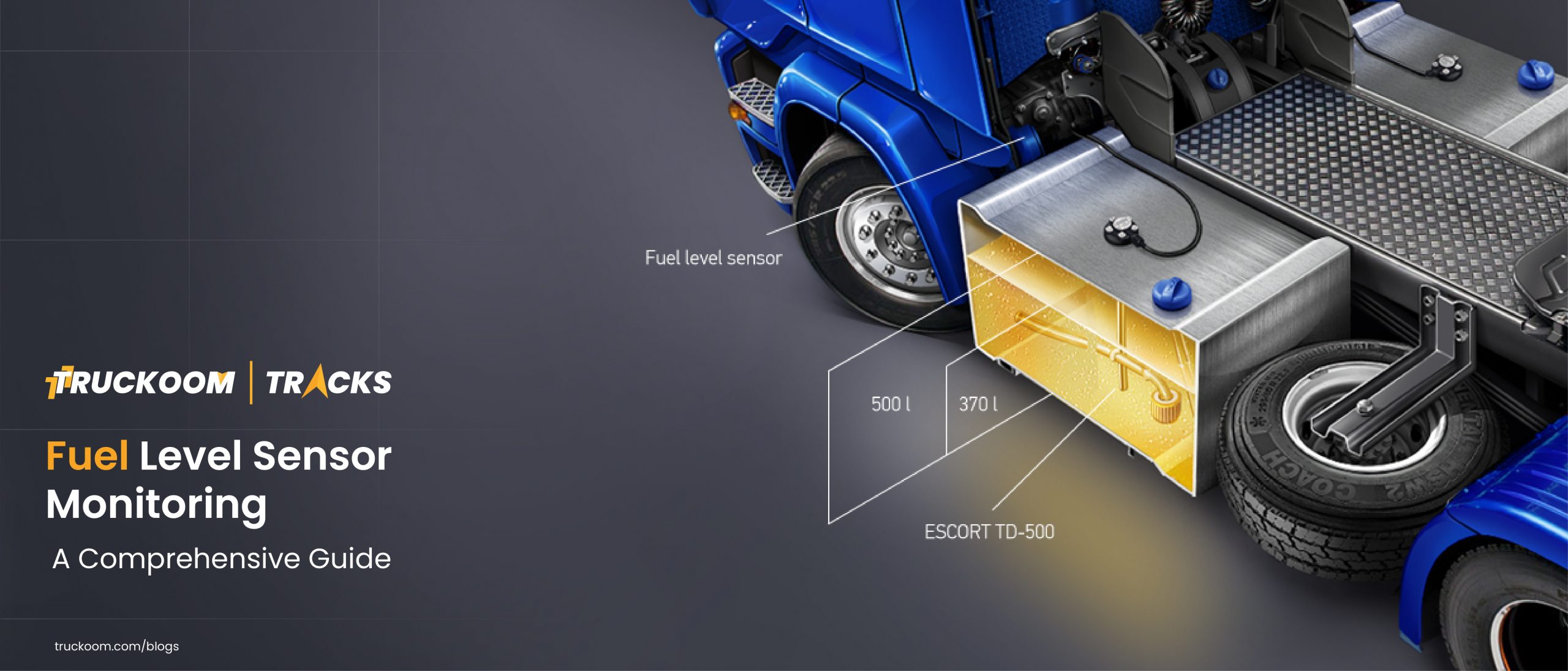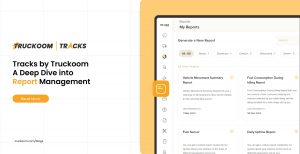Fleet management can be complex and time-consuming, but it can also be incredibly efficient and intelligent with the right tools. By leveraging GPS tracking, telematics, automated dispatch systems, predictive maintenance techniques, advanced safety features and data-driven decision-making processes, you can create an effective fleet management system that will help maximize efficiency while minimizing costs. Moreover, utilizing mobile apps and other technologies to improve communication within your fleet and training drivers on safe driving practices can reduce fuel consumption and wear on vehicles. With these strategies in place, your business will have a strong foundation for managing its fleets intelligently.
Real-Time Monitoring:
By leveraging the power of GPS tracking and telematics technology, businesses can gain unprecedented visibility into their vehicle fleet’s activity. This real-time data gives them insight into driver behavior, such as location, speed, and fuel consumption, and provides historical records for accurate analytics and insight. Such detailed monitoring is also a powerful tool to ensure drivers take safe routes, stick to sanctioned speed limits, and use fuel efficiently to reduce excess costs. GPS tracking and telematics allow companies to make well-informed decisions based on accurate information that would otherwise be costly or impossible to obtain.
Automated Dispatch System:
Implementing an automated dispatch system is essential for any business looking to maximize efficiency and overall productivity. A computerized dispatch system can help eliminate human error, leaving decisions to technological algorithms that ensure data-backed decision-making. This type of system further allows for real-time tracking of orders to optimize routing and schedules — meaning increased accuracy and faster turnaround times. With an automated dispatch system, businesses can save valuable time and money, improving overall customer service as resources are better managed.
Predictive Maintenance Techniques:
Predictive maintenance can be a powerful asset for any business. Taking a proactive approach based on data and analytics makes it possible to anticipate potential issues long before they become serious problems. This ability to predict failures or breakdowns at the earliest stage allows companies to plan their operations better and mitigate risk. Maintenance personnel can also use predictive maintenance techniques to identify areas where investments must be made to increase operational efficiency. All of this makes it possible for businesses to save money and produce better results overall in the long term.
Advanced Safety Features:
Today, many vehicles feature advanced safety features like collision avoidance and driver fatigue monitoring to protect drivers and passengers from possible accidents. Such systems have become increasingly prevalent over the years and offer many benefits beyond increasing vehicle safety. These technologies detect whether a driver feels tired or distracted and can alert them as necessary to avoid dangerous situations. Moreover, these features assist drivers in recognizing difficult driving conditions while also allowing them to receive real-time advice on how to handle certain traffic events, making it easier for everyone on the road to stay safe. Integrating such safety features into standard cars is quickly becoming the norm as technology advances, providing a significantly safer and more reliable driving experience.
Data-Driven Decision-Making Process:
A data-driven decision-making process can be a powerful tool to optimize fleet performance, reduce costs, and improve customer satisfaction. Businesses can more accurately anticipate equipment failure or downtime by aggregating and analyzing data from across the fleet. This allows for preemptive maintenance and budgeting for necessary repairs. Moreover, increased visibility into fleet locations and routes enables improved efficiency of trucking activities, resulting in reduced fuel costs associated with delivery operations. Delivered goods are also likely to arrive on time or early to customers with fewer delays along the way, thus, improving overall customer satisfaction levels. Investing in an effective data-driven decision-making process is a strategic investment that pays off, most notably through cost savings, greater efficiency, and enhanced customer satisfaction.
Identify Patterns and Trends:
Artificial intelligence (AI) and machine learning provide powerful analytical capabilities that organizations can leverage to access and interpret large amounts of data. With AI, companies can quickly identify and analyze meaningful patterns and trends in their data—even the ones they would miss without this cutting-edge technology. Moreover, it can facilitate faster decision-making processes while eliminating manual errors associated with traditional analytics practices. Ultimately, leveraging AI and machine learning allows businesses to make more informed decisions, maximize performance, and stay ahead of the competition.
Improve Communication and Collaboration:
Mobile apps and other cutting-edge technologies are providing new ways for fleet personnel to collaborate more quickly and effectively than ever before. Not only does this drastically streamline communication between all levels of the fleet, but it has the potential to revolutionize the way we go about our operations. By embracing modern technology, fleets can take advantage of increased access to data and insights, leading to improved decision-making and efficiency. Additionally, mobile applications allow teams to engage more actively and stay up-to-date in real-time with any changes, developments, or advances in their industry. Utilizing mobile apps and other modern technologies ultimately ensures successful ship-wide collaboration efforts within the fleet.
Safe and Efficient Driving Practices:
Taking the time to train drivers on safe and efficient driving practices properly can tremendously impact any fleet. Drivers who practice fuel-efficient techniques can help maximize their vehicle’s range, drastically reducing the need for refueling while limiting the total wear and tear across a fleet. Proactive training on efficient and safe driving practices can pay dividends in both short-term costs and long-term reliability, making it an easy decision that offers tremendous savings in the near and far future.
Reviewing and Updating Fleet Management Policies and Procedures:
Truckoom knows that regularly reviewing and updating fleet management policies and procedures are critical for maximizing efficiency and staying on top of changing business trends. The key to significant success is crafting clear fleet management policies that all stakeholders can easily understand. Having cohesive teams with well-defined expectations for the performance of individual vehicles in the fleet helps to establish successful operations that support current business activities, exploit resources, find savings while possible, and make Truckoom’s vehicles operate at their optimal ability. Truckoom’s policy review process is ongoing to ensure the company always fulfills its mission.
Conclusion:
Data-driven decision-making is a powerful tool that can help fleets achieve maximum efficiency and cost savings. Leveraging the power of AI and machine learning to identify patterns and trends in large datasets allows businesses to make informed decisions quickly while eliminating manual errors. Additionally, mobile applications provide new ways for personnel within fleets to collaborate more effectively with each other. Finally, training drivers on safe and efficient driving practices and regularly reviewing and updating fleet management policies are essential to success. By investing time into these strategies now, you will be able to reap the rewards over both short-term costs and long-term reliability down the road.




